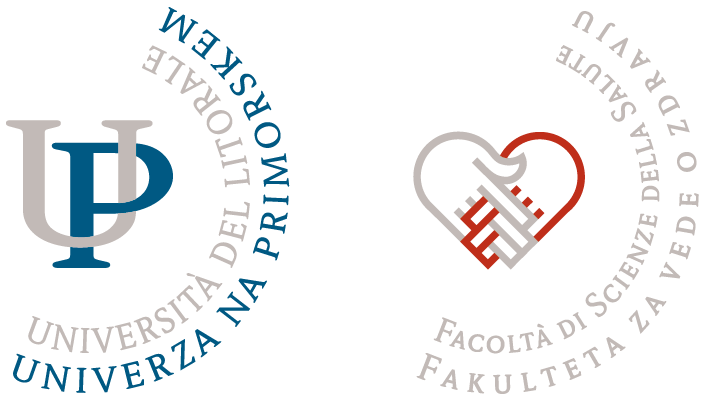Content
- Lectures: 50 hours
- Seminar: 14 hours
- Exercises 2 hours
- Independent work: 114 hours
Subject carrier
Description
INTRODUCTION
Definition and characteristics of disease: etiology and pathogenesis
Cell as a basic component of an organism, structure and function, cell-cell communication, cell death
PATHOPHYSIOLOGY OF METABOLISM
Starvation: basic mechanisms of metabolic regulation, complete starvation, protein starvation, cachexia
Obesity: balance of caloric intake, pathophysiological changes in obesity
Metabolic adaptation to physical activity
Metabolic syndrome and diabetes mellitus: definition, types, complications
Hypoglycemia: definition, causes, pathophysiological basics of diagnostics
PATHOLOGY AND PATHOPHYSIOLOGY OF BLOOD CIRCULATION
Heart failure: causes, development, consequences, ischemic heart disease, angina pectoris
Circulatory shock: features, causes
Hypotension: pathologic hypotension, orthostatic hypotension
Edema: filtration and reabsorbtion through capillary wall, mechanisms of edema formation
Hypertension: causes, essential hypertension, secondary hypertension
PATHOPHYSIOLOGY OF BODY FLUIDS
Blood: changes in anemia, hemorrhagic diathesis, thrombosis
Changes in acid-base balance: acidosis, alkalosis
Dehydration: volume and osmolarity of body fluids, normotonic, hyper-, hypotonic
Acute and chronic kidney failure
PATHOLOGY AND PATHOPHYSIOLOGY OF RESIRATORY TRACT
Respiration failure: definition and causes
Chronic obstructive pulmonary disease (COPD)
Asthma
PATHOLOGY AND PATHOPHISIOLOGY OF LIVER AND GASTROINTESTINAL TRACT
Icterus, liver cirrhosis
Ulcer: definition, mechanisms, pathophysiological basis of treatment
Vomiting, diarrhea, constipation
PATHOLOGY AND PATHOPHYSIOLOGY OF ENDOCRINE GLANDS
Calcium and phosphate metabolic disorder, hyperparathyroidism, hypoparathyroidism, osteoporosis, rachitis
Adrenal cortex disorders: Cushing syndrome, hypofunction
Aldosteronism
Thyroid disorders: goiter, hypothyroidism, hyperthyroidism
NEUROPATHOLOGIES
Pain: development and signal transduction, causes, regulation
Nerve-muscle contact disorder, signal transduction, presynaptic, synaptic, postsynaptic
Flaccid and spastic paralysis features, causes, stroke, motoneurone disease, injury
Nerve and muscle regeneration after injury
GENERAL PATHOLOGY AND PATHOPHYSIOLOGY TOPICS
Stress response: stressors, defense mechanisms, threats
Inflammation: basic pathogenetic mechanisms, acute or chronic inflammation
Aging: features, aging theory
Atherosclerosis: morphological changes, pathophysiological mechanisms, complications
Alcoholism: acute or chronic consumption, addiction.

